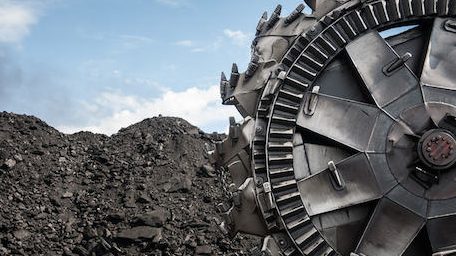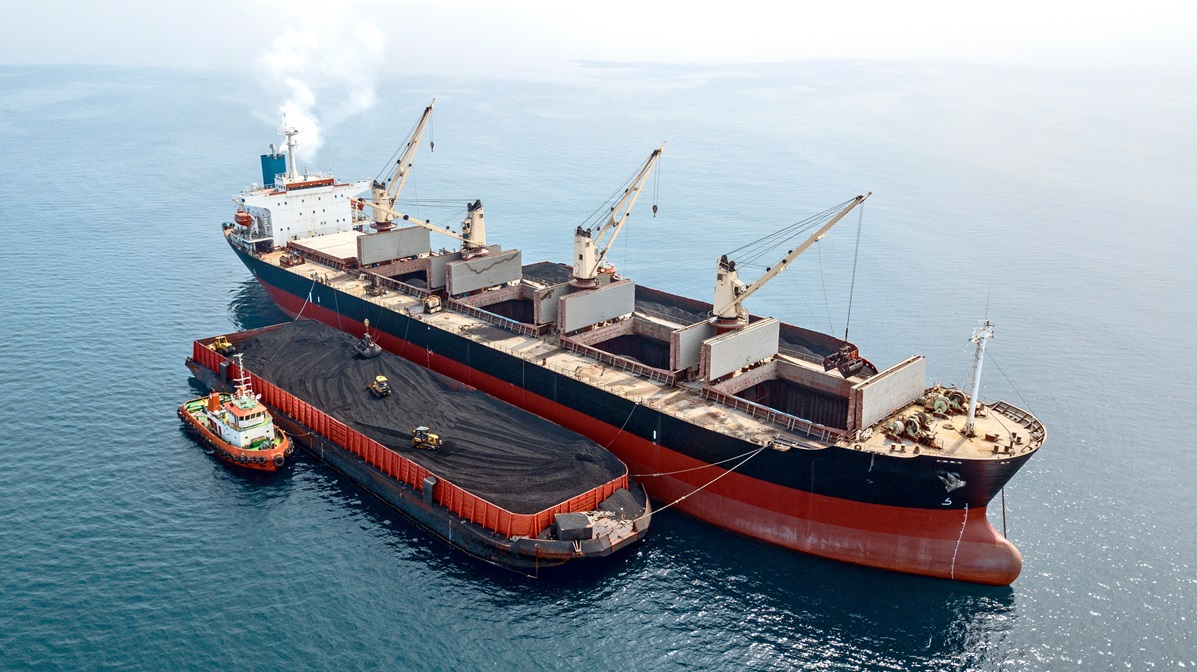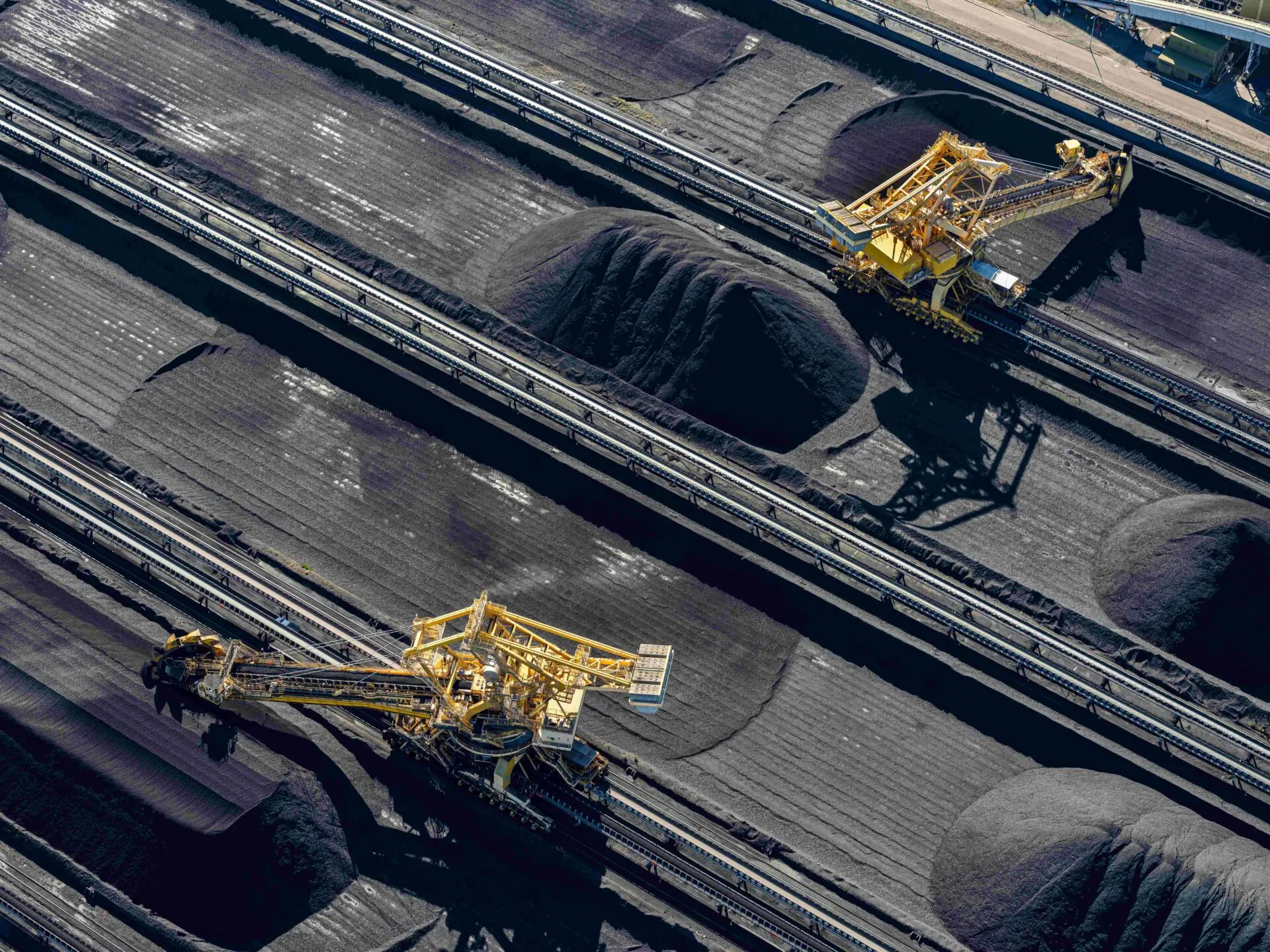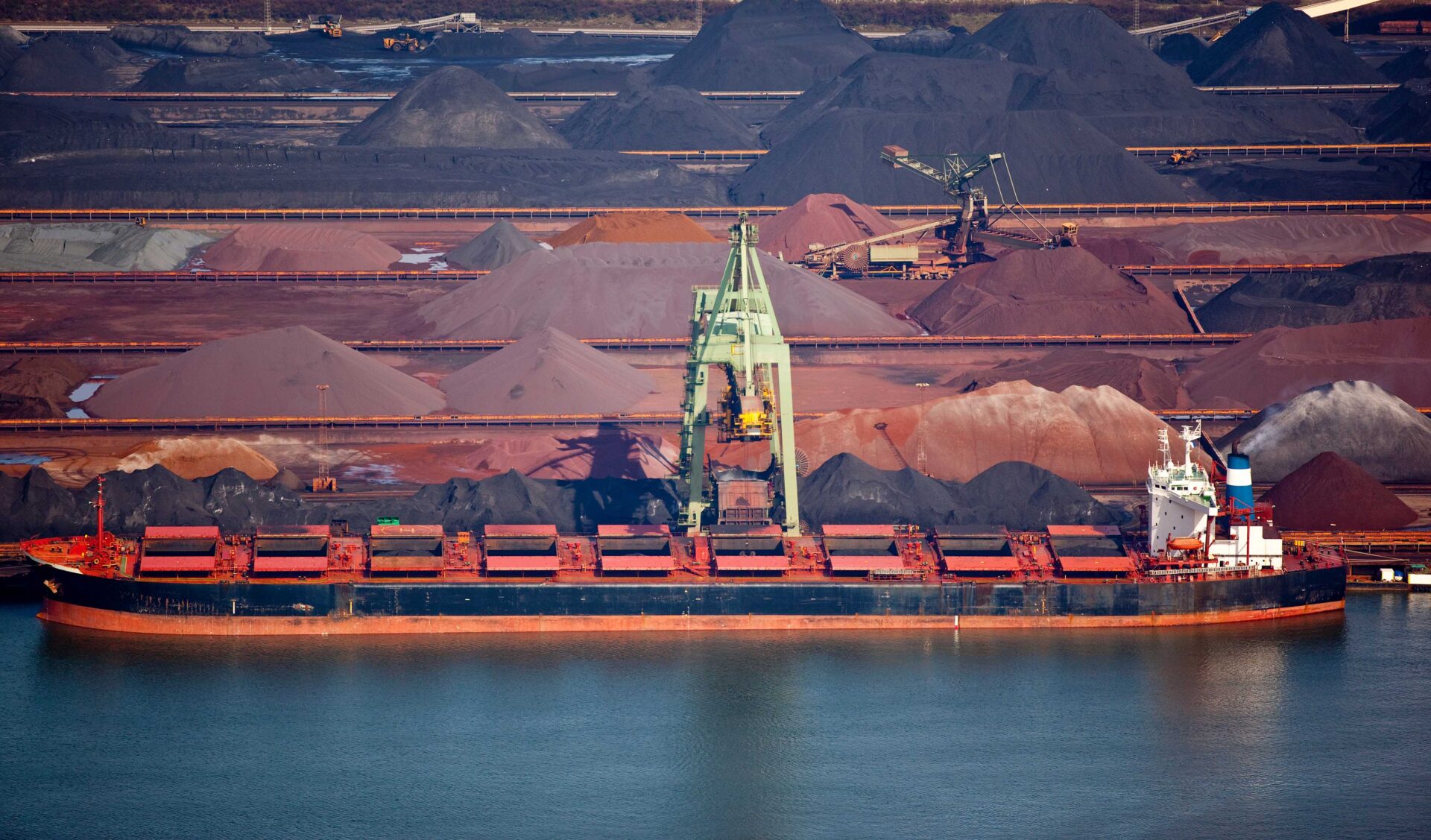

By Rahul Tongia & Anurag Sehgal (Brookings)
The recent Cabinet decision to open up coal mining to commercial miners, who will now have the freedom to sell coal in the open market, is an interesting development.
For decades since its nationalisation, the public sector Coal India Limited (CIL) has dominated coal production in India, producing some 82 per cent of Indian domestic coal (figures from financial year 2014-15), and becoming the largest coal miner in the world by production.
CIL is also the single largest employer in the mining sector in India, and the only one allowed to sell coal in the market (besides Singareni Collieries Company Limited or SCCL, the second-largest producer but an order of magnitude smaller in size).
With this latest development, decision-makers expect private players to bring in competition along with private investment, technology adoption and international best practices.
There are three key questions to consider with this decision:
As of the financial year 2016-17, 34 of Coal India Limited’s mining projects were delayed, mainly due to problems in getting forest clearances and land acquisition.
Read the rest of the article on the Brookings website (unlocked)













